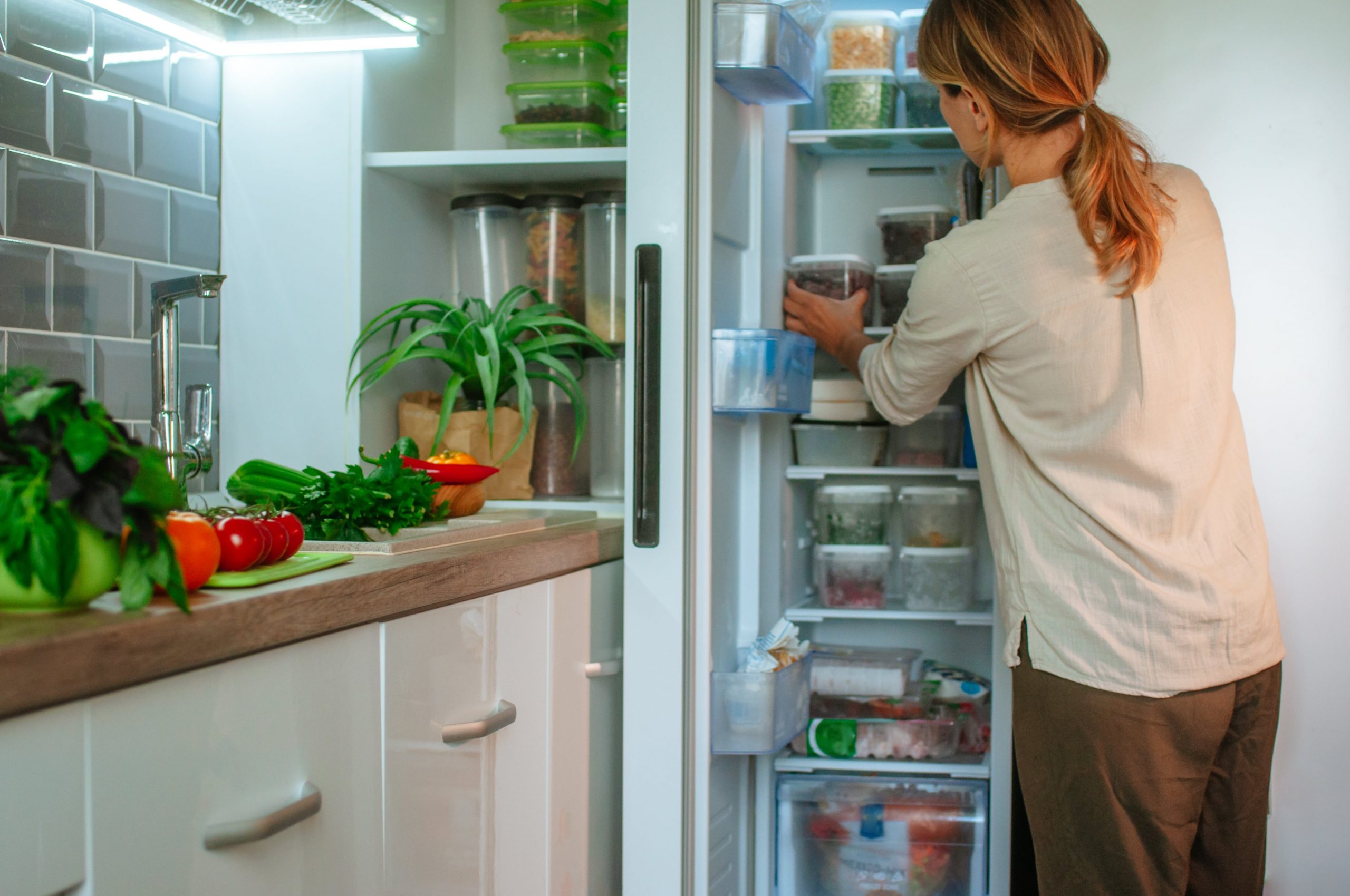
Proper Food Storage is an essential component of a successful homestead. It reduces your risks of becoming ill or losing valuable resources due to foodborne illness, preserves the quality and freshness of foods, helps you save money, and provides peace of mind.
The first step in proper food storage is to establish your family’s needs and requirements. This involves identifying the types of meals and snacks your family enjoys eating on a regular basis and figuring out how much each member needs to consume to maintain their current weight.
Once you have your list of dietary needs and calorie requirements written out, multiply this number by seven to get a good idea of how much food you need to store for a year. Once you have the numbers in hand, you can create a plan for building your food inventory and getting it ready for long term storage.
Before you begin to fill your inventory with food, it’s important to take into account the environment in which it will be stored. The best way to do this is to ensure your storage area is dry and free from insects and rodents. Then, make sure to seal any cracks or crevices that could allow pests access.
It’s also a good idea to insulate your storage area to keep it cool and extend the shelf life of your food. This can be done by installing insulation around the walls of your storage space or by using plastic wrap over your containers and sealing them with a rubber band.
Keeping your refrigerator and freezer at proper temperatures is a key to maintaining the quality of your food and reducing your risk of illness caused by microorganisms like Salmonella, E. coli O157:H7, and C. botulinum, which can cause food poisoning.
A fridge thermometer is a cheap and easy way to monitor the temperature in your fridge and freezer. Refrigerators should be kept between 40deg F and 0deg F and freezers between -18deg F and -18deg C. It’s a good idea to check these temperatures periodically.
If you have a freezer, consider adding ice to it. This will help to maintain the cool temperatures that your food needs to stay fresh and keep it tasting its best.
Another important factor is to rotate your food. This is especially true for perishable foods like meats and dairy products. Rotating your food can reduce the risk of spoilage and help to prevent cross contamination, which can lead to the growth of pathogenic bacteria.
Some common methods of storing food include canning, drying, freezing and fermenting. Each has its own advantages and disadvantages and is recommended for certain types of foods.
Canning is a good and effective method of preserving foods for a longer period of time and can be an economical choice. It also allows you to use the food when you want to and can be a great way to add flavor and nutrients to your favorite recipes.
